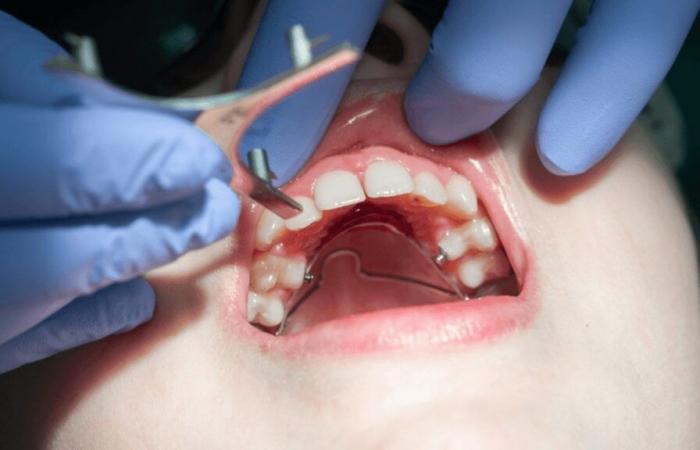Less than 30 minutes after visiting the dentist, a patient suffered a brain hemorrhage, probably caused by… the stress of the consultation!
Written on 15/11/2024
Allodocteurs – Newen Digital
A rather atypical clinical case. A man in his 60s from Australia was recently forced to go to the emergency room with nausea, dizziness and blurred vision caused by bleeding in the brain. The reason for this hemorrhage? A visit to the dentist, a few minutes earlier, teaches us Live Science. We’ll explain it to you.
Also read: How to recognize the symptoms of a stroke and how to react?
Dizziness, nausea and vision problems
The unusual case of this sixty-year-old was shared in the medical journal BMJ Case Reports. In their article, the Australian scientists behind the case study review the circumstances of their patient’s hospitalization. The man had an appointment with his dentist to have two teeth removed. Less than half an hour after being taken into care, the sixty-year-old began to feel unwell and was taken to the emergency room.
He described his symptoms to hospital staff: dizziness, nausea and vomiting, as well as vision problems. He says he perceives the environment with a 90° tilt to the left. Doctors notice high blood pressure, abnormal eye movements and a tendency to lean to the right when walking. Signs of intracerebral hemorrhage. A diagnosis that is confirmed by imaging tests.
What is a brain hemorrhage?
A brain hemorrhageis a bleeding that occurs suddenly, by rupture of a small vessel, creating a hematoma inside the brain itself“, clarifies the Saint-Joseph Hospital, in Paris, on its site. These bleedings can also be the cause of so-called “hemorrhagic” strokes (strokes), which are rarer than cerebral infarctions, or ischemic strokes.
“The main cause of hemorrhagic strokes is high blood pressure (hypertension or hypertension).“, notes the Health Insurance platform Ameli.fr. Other factors can also cause cerebral hemorrhage, such as cerebral vascular malformations, coagulation disorders, cerebral amyloid angiopathy, brain tumors, venous thromboses disorders, or alcoholism, lists the Stroke Research Foundation. Smoking, cholesterol and age are also identified risk factors.
A rare underlying pathology
The Australian patient did indeed have high blood pressure when he arrived at the hospital. Doctors then quickly make the link with the dental appointment preceding the appearance of symptoms. They believe the patient’s sudden surge in blood pressure was triggered by pain or stress from the dental procedure. Although uncommon, similar cases have already been reported in the scientific literature. In this type of situation, high blood pressure then acts as a “detonator” in people who already have vascular fragilities.
Six weeks before his brain hemorrhage, the patient had also seen a specialist for warning signs of Parkinson’s disease. Examinations carried out on this occasion showed a reduction in blood flow in certain parts of his brain. Genetic testing after his stroke revealed a mutation associated with CADASIL, a rare genetic disorder that thickens the walls of blood vessels and reduces their ability to carry blood to the brain. This pathology, which affects approximately two people in 100,000, is known to promote strokes, particularly hemorrhagic ones.
After receiving emergency treatment to stop the bleeding, the patient was placed on antihypertensive medication and aspirin, to facilitate blood circulation in the future. Three months after his release from the hospital, his vision and balance had improved.







